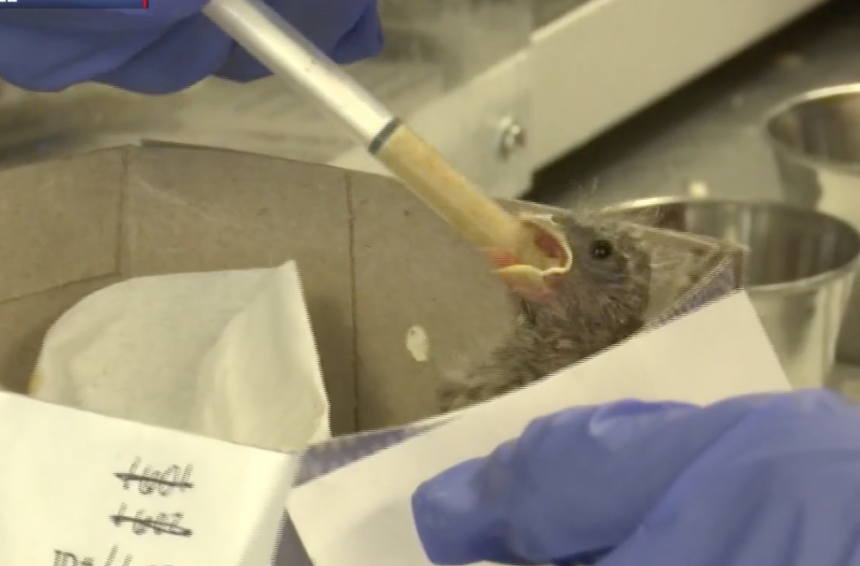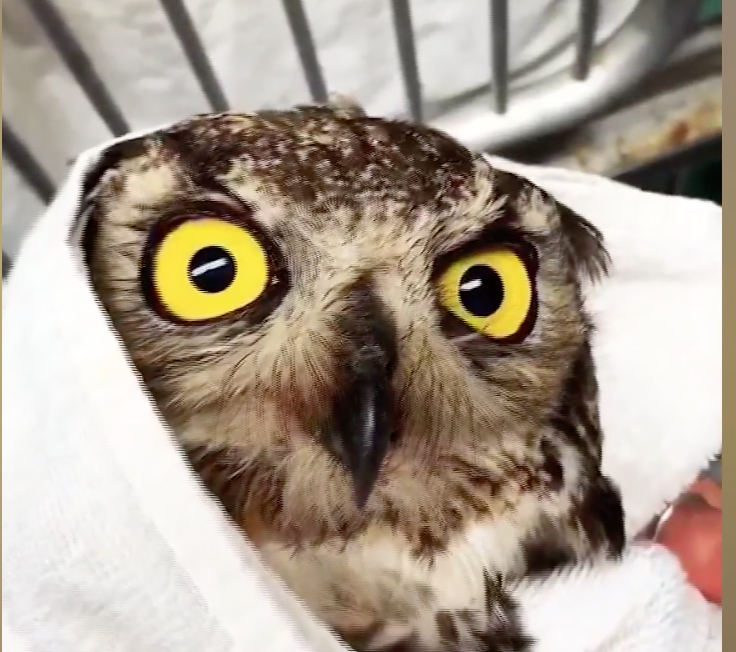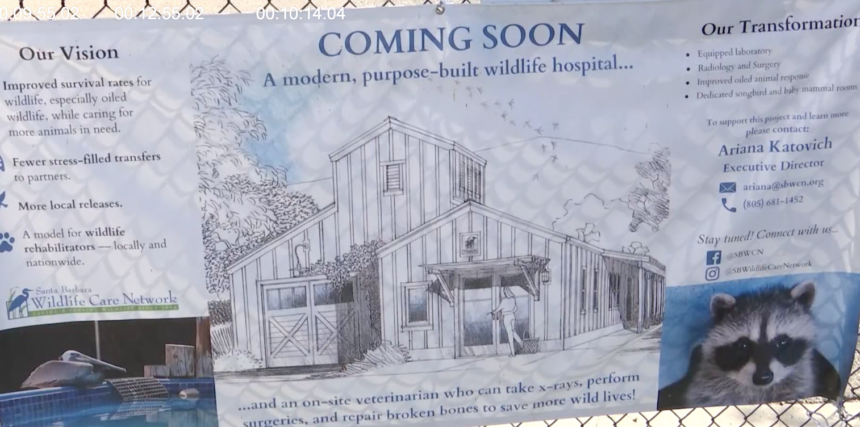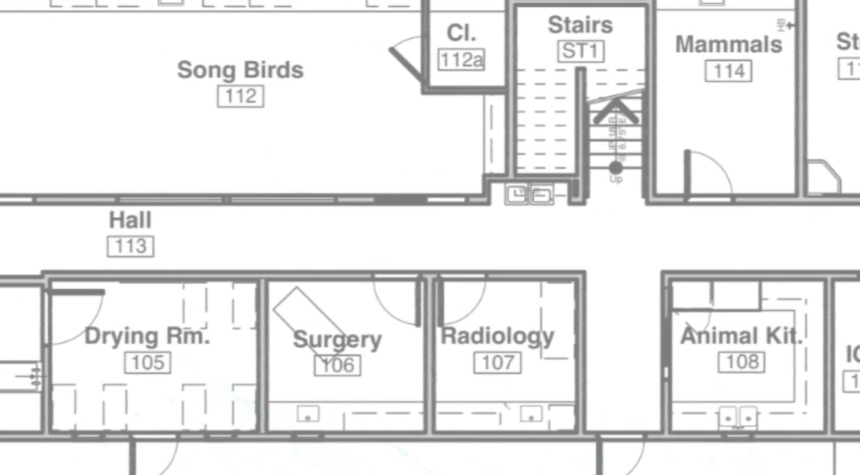Wildlife hospital plans becoming a reality in Goleta with more fundraising underway




GOLETA - The Santa Barbara Wildlife Care Network is turning its facility in the Goleta hills into a state-of-the-art wildlife hospital site.
Work has begun to clear land and begin the process for a project that has been planned for several years.
"This is the most exciting thing that's ever happened," said Executive Director Ariana Katovich.
She says the need is growing every year.
"We can't wait any longer . Now's the time. We are bursting at the seams," she said. The current buildings are at their maximum capacity.
"Our overflow care this summer was in a big camping tent, our ICU is in a shed. We have very bare facilities here and we handle a huge volume of animals. We had 4500 animals last year alone," she said.
Crews are in the first phase of the new building at a time when birds and small animals are being delivered for medical care and rehabilitation just steps away.
Katovich said, "we really need better care facilities to take care of the animals in need."
Along with about 300 volunteers there's a staff of 20, "because we are open seven days a week, 365 days a year so we have to have continuity of care but we could not do this without our huge network of volunteers."
An on site vet is able to do X-rays, ultrasound and other specialized assessments for animals with injuries or internal issues faster now than ever due to recently donated equipment.
"So we can use (the equipment) to go after, say fishing gear which is a big one for us. For example, hooks that are embedded, " said veterinarian Dr. Avery Berkowitz.
A hidden camera was demonstrated. It was directed at a healing animal, in this case, a sea bird, without having human intervention.
"So he is not stressed and when we are observing he would probably not be doing the same things. He would be looking at us," said Berkowitz. That equipment will be in the new hospital and could have some on line access for the public.
"We are constantly getting more information and we can incorporate that into our protocols going forward," said Berkowitz.
The new hospital is funded with community donations that are still being requested. It will cost about $6-million dollars. The organization does not get state or federal funds. Coastal Resource Enhancement Funds (CREF) are distributed annually from the oil industry and the facility will be getting an allocation this year to buy a new vehicle.
Work on the hospital project which will last 12-18 months.
The structures will be fire-resistant and have sophisticated ventilation for the staff and the critical animals.
The site was in the eye of the Holiday Fire in July 2018, which destroyed 10 homes nearby.
The night of the devastating fire, workers scrambled to relocate small and injured animals away from the encroaching flames. One of their trucks was lost in a crash. The facility survived with minor damage but the area was layered in ash. It showed the need for better buildings throughout the property.
The site has been a vital resource on the Central Coast for oiled birds either through natural or man-made disasters. 30 or 40 oiled grebes have come in over the last couple of weeks since the latest storms when natural seeps were stirred up.
Annually, over 3000 small animals are brought in for life saving aid.
The U.S. Fish and Wildlife Service works closely with the staff on licensing and the scope of services taking place on the site.
The center does not take large animals such as adult deer, mountain lions, bear, and boar.
The capital campaign will also fund a new mammal enclosure and a raptor flight aviary in the future.
For further information or to donate go to: The Wildlife Care Network
